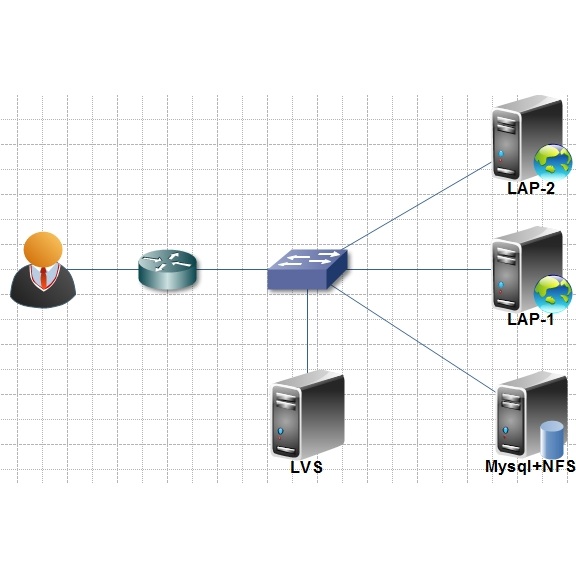Autoencoder-based reduced-order modeling has recently attracted significant attention, owing to the ability to capture underlying nonlinear features. However, its uninterpretable latent variables (LVs) severely undermine the applicability to various physical problems. This study proposes physics-aware reduced-order modeling using a $\beta$-variational autoencoder to address this issue. The presented approach can quantify the rank and independence of LVs, which is validated both quantitatively and qualitatively using various techniques. Accordingly, LVs containing interpretable physical features were successfully identified. It was also verified that these "physics-aware" LVs correspond to the physical parameters that are the generating factors of the dataset, i.e., the Mach number and angle of attack in this study. Moreover, the effects of these physics-aware LVs on the accuracy of reduced-order modeling were investigated, which verified the potential of this method to alleviate the computational cost of the offline stage by excluding physics-unaware LVs.
翻译:由于能够捕捉基本的非线性特征,以自动编码为基础的减少顺序模型最近引起人们的极大注意。然而,它无法解释的潜伏变量(LVs)严重损害了对各种物理问题的适用性。本研究报告建议采用以美元计算的物理觉分减少顺序模型来解决这个问题。所提出的方法可以量化LVs的等级和独立性,而LVs是使用各种技术在数量和质量上加以验证的。因此,含有可解释的物理特征的LV成功地被确定出来。还核实这些“物理觉察”LVs与作为该数据集产生因素的物理参数(即本研究中攻击的马赫编号和角度)相对应。此外,还调查了这些物理觉分辨LVs对降低排序模型准确性的影响,通过排除物理元件LVs来验证这一方法在减轻离线性阶段的计算成本方面的潜力。




